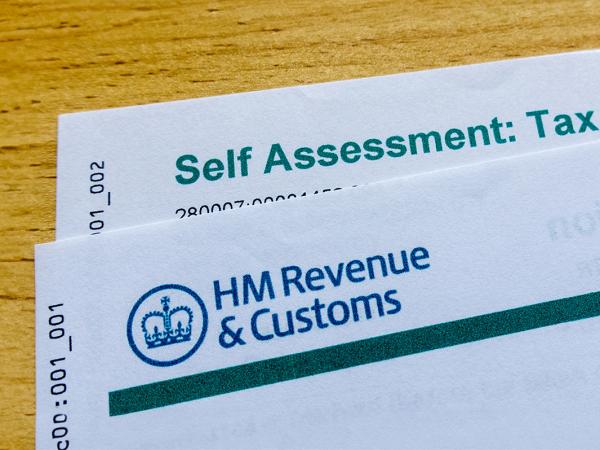Simple assessment
Simple assessment is a method of assessing income tax due in certain straightforward cases where a self assessment tax return is not required.

Content on this page:
Introduction
Individuals in simple assessment do not have to submit a self assessment tax return to pay tax on the taxable part of their income. Instead, HMRC send the individual a calculation of tax owed for the tax year (the calculation is referred to as a PA302). This should also be available to view in the taxpayer’s personal tax account.
HMRC base the simple assessment on information that the Department for Work and Pensions (DWP), employers and other organisations (such as banks) provide to them. It is important to check the figures on the simple assessment calculation carefully.
Right of appeal
If you disagree with the simple assessment, you have an initial appeal period of 60 days from the date of the simple assessment.
If you do not object to the simple assessment within 60 days of it being issued, it is automatically finalised.
Payment of tax
Tax payable under a simple assessment is due on 31 January following the end of the tax year (the normal payment date for self assessment income tax), or three months after the date of the simple assessment, if that is later.
Payment can be made:
- online via your personal tax account
- via the HMRC app
- by making a bank transfer
- by sending a cheque.
If paying by cheque, you must clearly write the reference number from the simple assessment letter on the back of the cheque. Your payment reference number will be 14 characters starting with an ‘X’. It is also a good idea to write your name and National Insurance number on the back of the cheque.
You can read more about the methods of paying your simple assessment bill, including the relevant bank details, on GOV.UK.
When HMRC use simple assessment
HMRC use simple assessment for certain taxpayers with only a state pension and for other simple cases, for example, certain individuals who have more than one source of income and who would normally expect to receive a P800 (a PAYE reconciliation).
Simple assessment is not used if you have already received a P800 and the first letter requesting voluntary payment of the tax due.
Simple assessment is also not used if HMRC have to reconcile your income tax for more than one tax year.
It is not possible for an individual to choose to register for simple assessment. HMRC decide when to issue a simple assessment.
Interest and penalties
HMRC can charge interest on underpaid tax under simple assessment.
At the time of writing, late payment penalties do not apply to late paid tax under simple assessment.
Record-keeping requirements
There is no legal requirement for people in simple assessment to keep records.
You may wish to keep some records however, for your own purposes.
We provide more information on our separate page on tax record-keeping, which you might find helpful.



